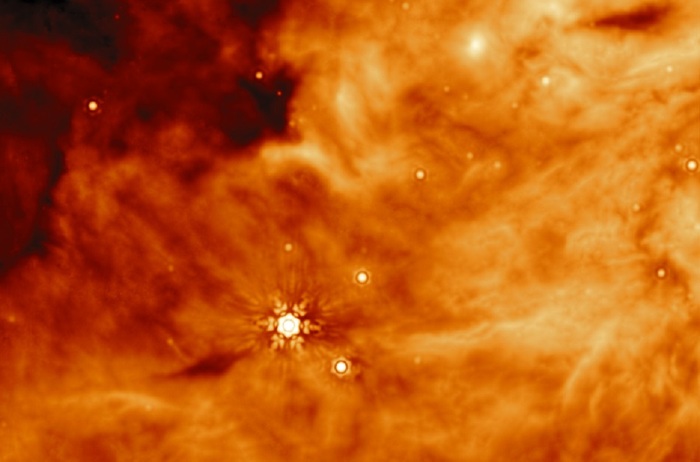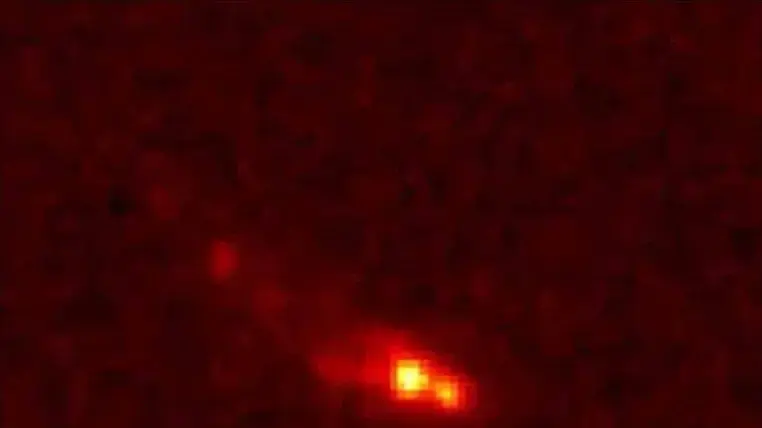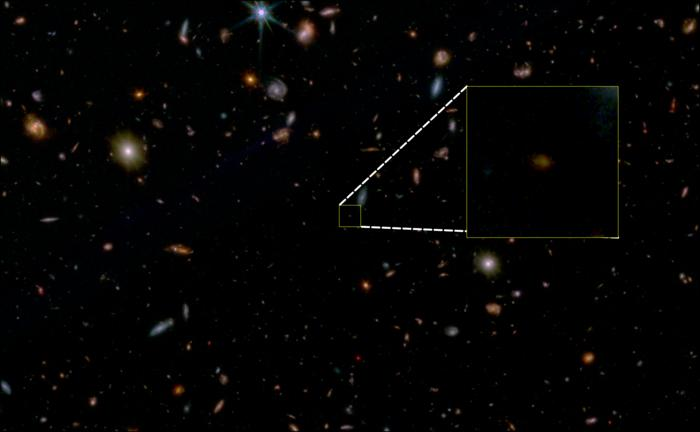Portrait of the hot gases surrounding the star WASP-39b (Photo: NASA)
This week astronomers announced that they found evidence of chemical processes in the atmosphere of an exoplanet (an exoplanet is a star outside the solar system), 700 light-years away from Earth.
The researchers created a precise portrait of the hot gases surrounding the star WASP-39b, which was famous a few months ago for being the first star outside the solar system to detect carbon dioxide in its atmosphere.
"We observed the exoplanet with several instruments in parallel, covering a wide range of the infrared spectrum, and detecting a color signature, which was not possible before Webb. Webb's instruments found in the atmosphere of WASP-39 sodine, potassium, carbon monoxide and water vapor in the atmosphere. Sulfur was also discovered Dioxide - the first time such a molecule has been observed outside the solar system.
James Webb (Photo: NASA)
is so close to its host star that it, WASP-39, is "swimming" in radiation.
Sometimes it is positive, like what led to the creation of life on Earth, but it can be just as harmful.
"Stars are shaped and change according to their orbit within the radiation bath of the host star, says a researcher in the project. "On Earth this led to the creation of life."
technology
Tags
NASA





/cloudfront-eu-central-1.images.arcpublishing.com/prisa/PA5TT2ZCYBDNLEAREMUPESRVOM.jpg)








